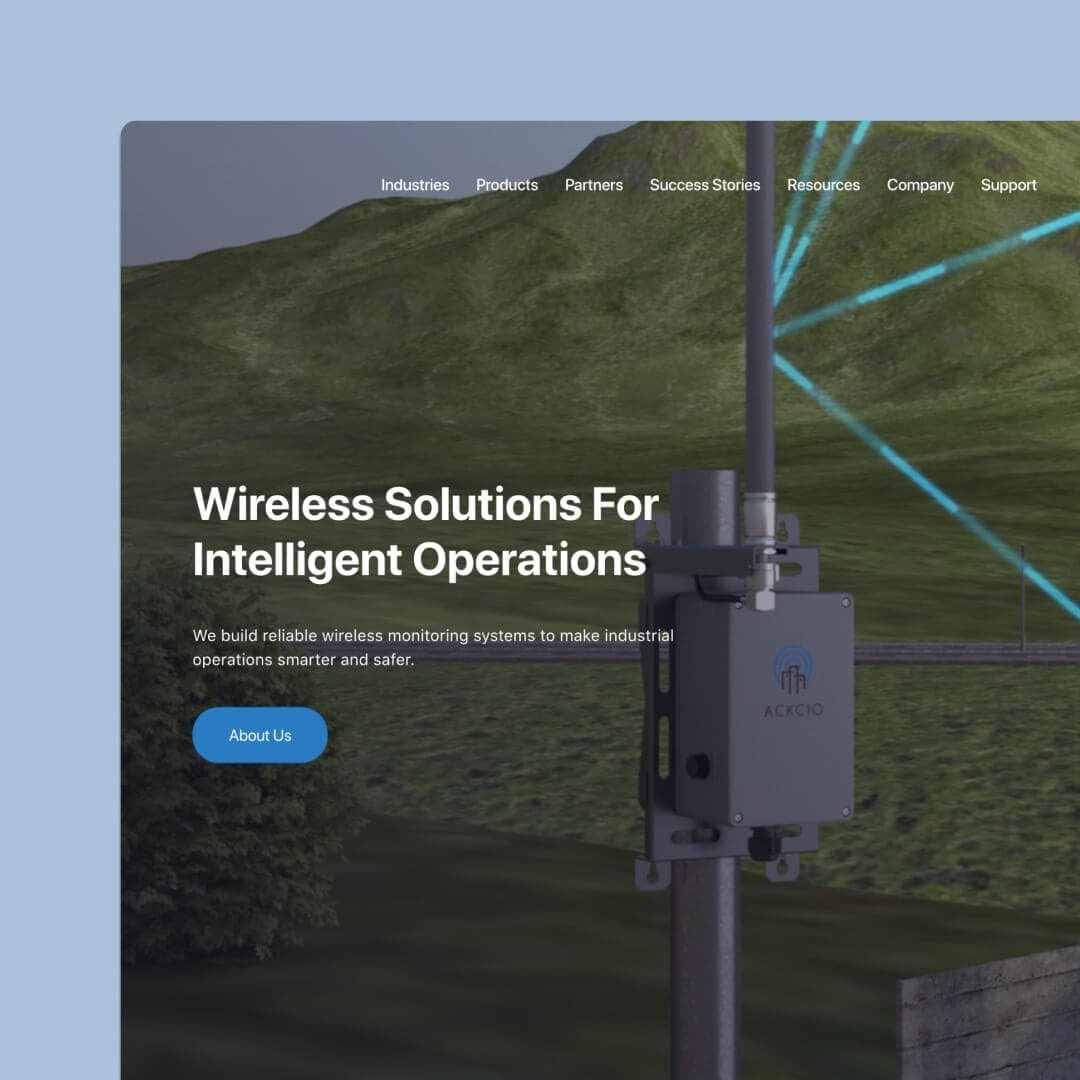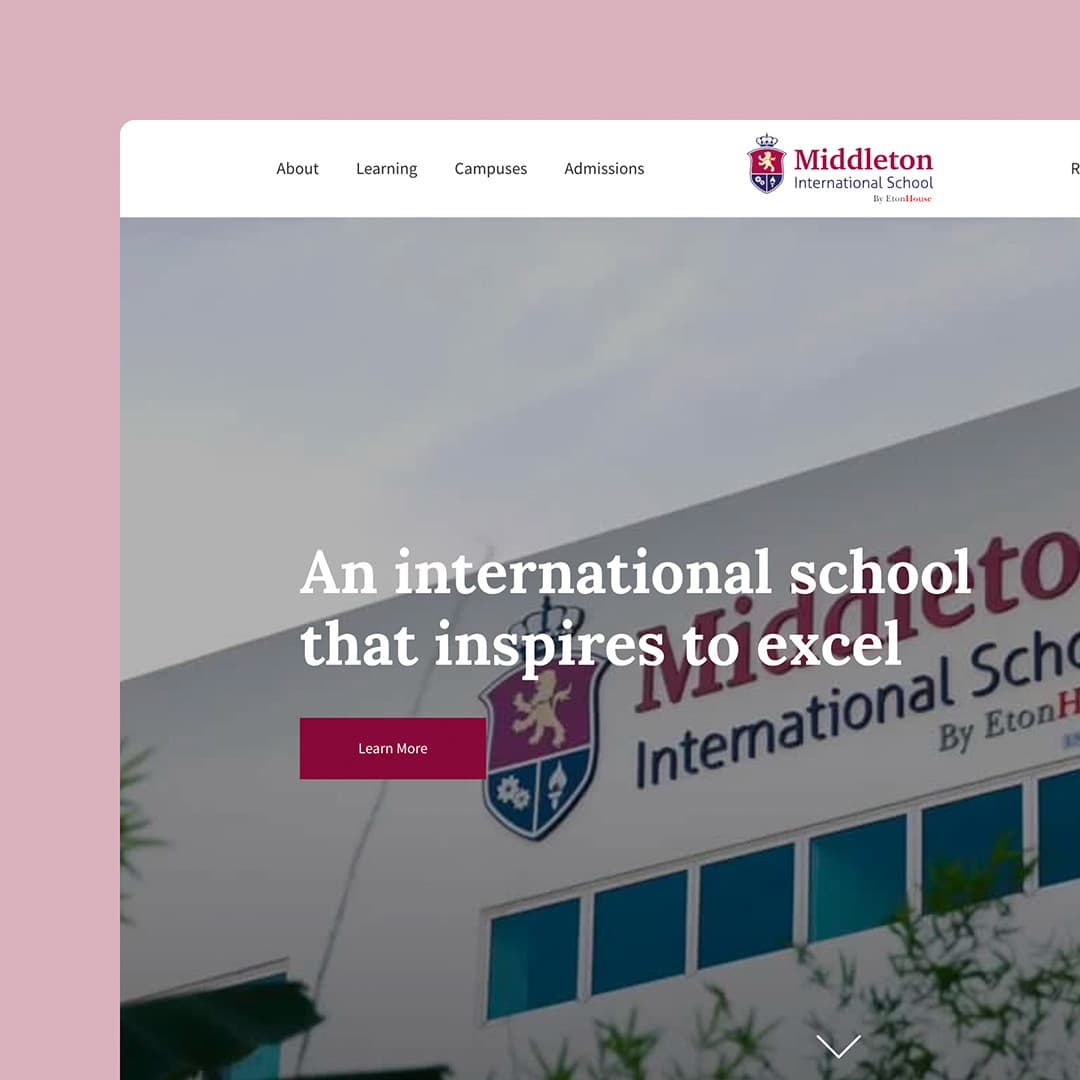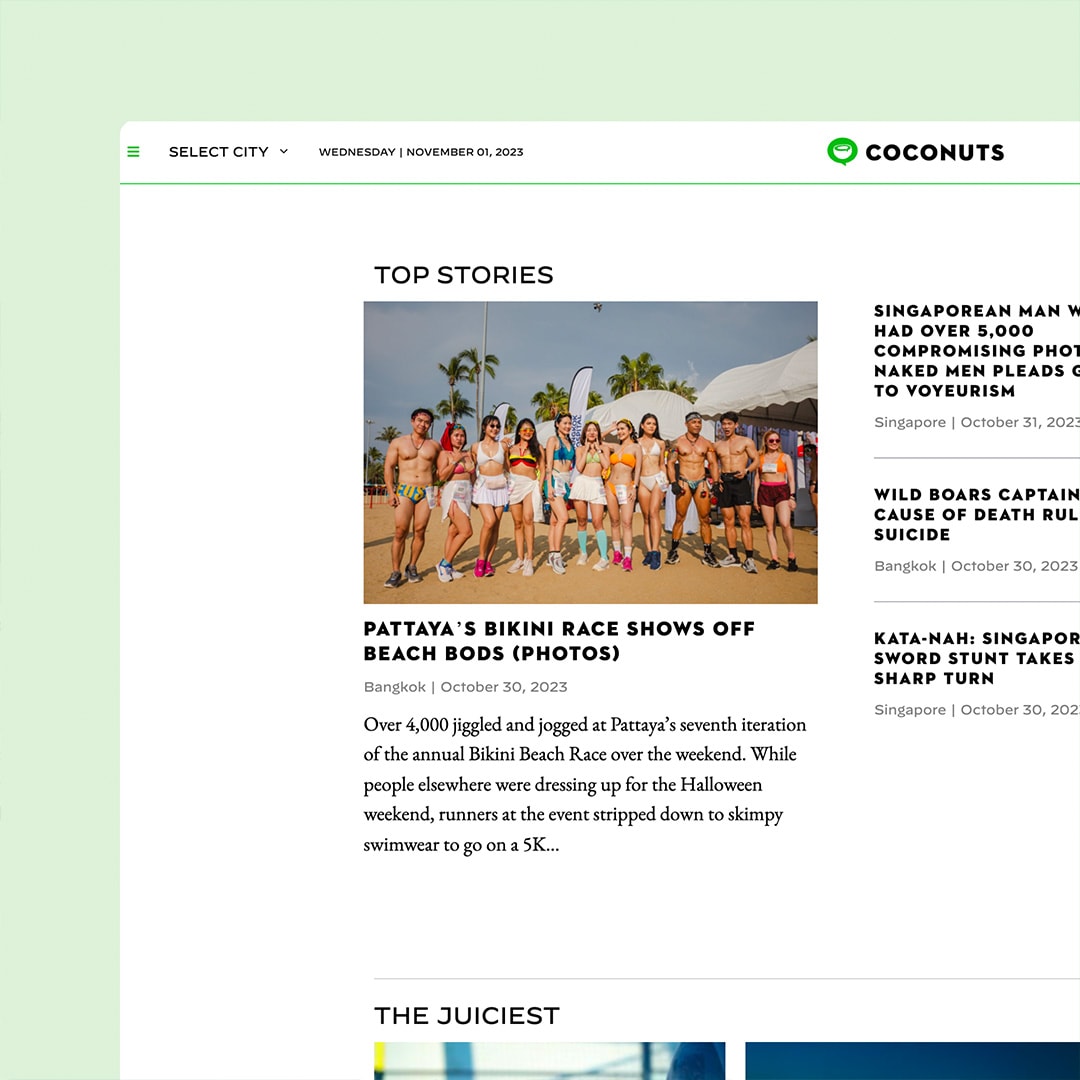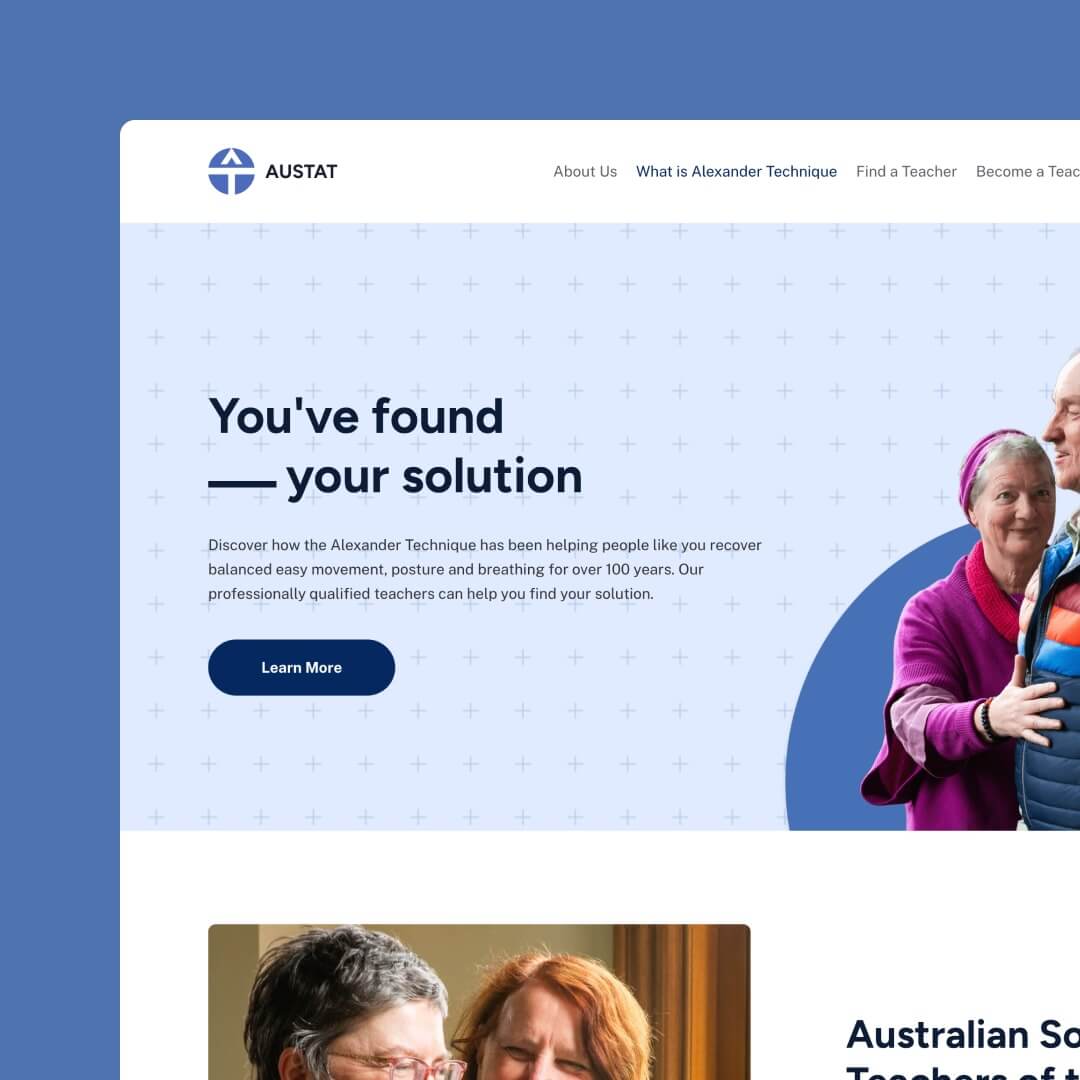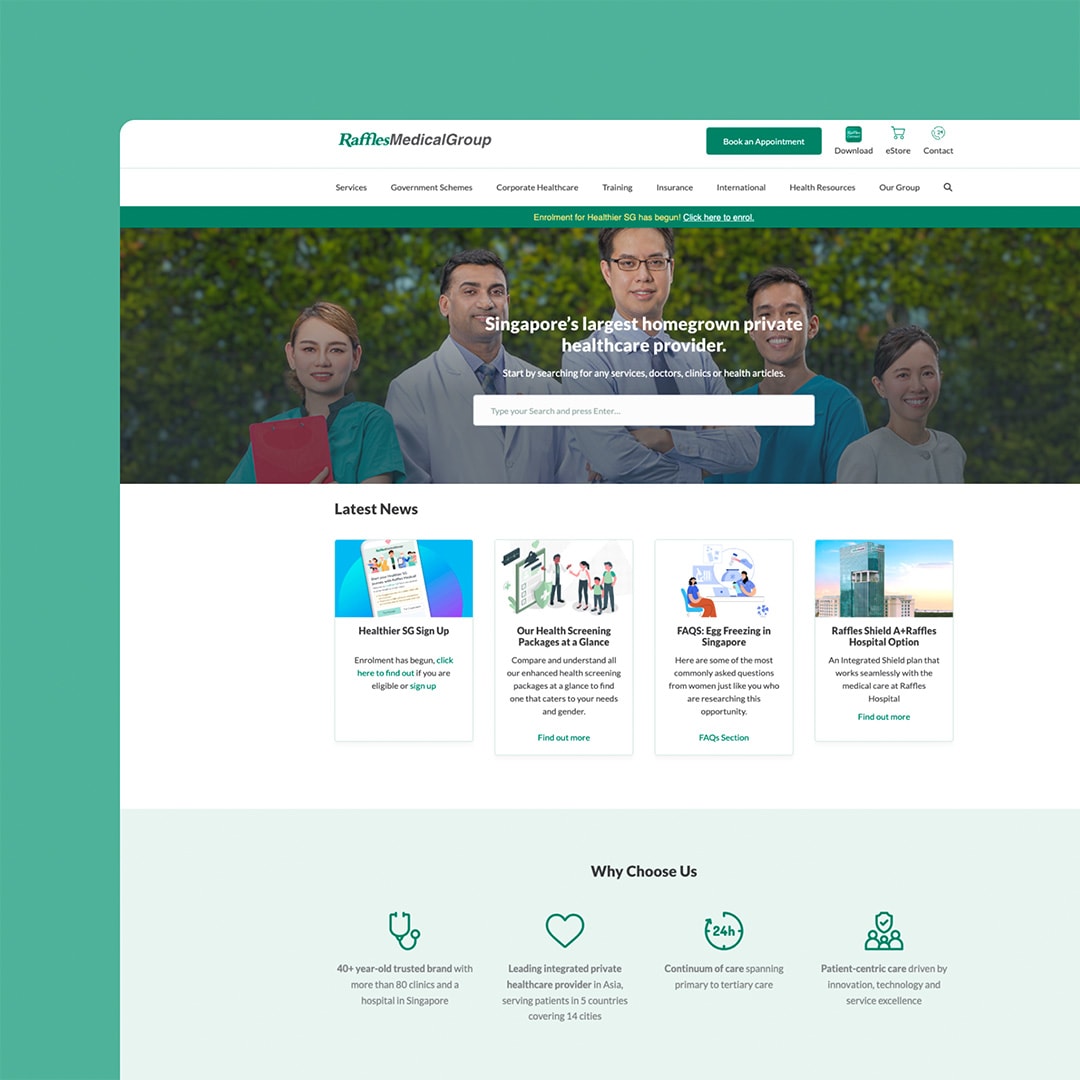
Welcome to the digital world where all businesses, no matter the aim, can benefit from an online presence. You can get by with a Facebook page or LinkedIn account to cover your business, but it’s not as compelling, authentic or trustworthy as a professional website.
A well-planned website serves as an online representation of your brand and helps you achieve specific objectives.
A website lets you clearly and convincingly communicate your objectives to a ready audience. You must set goals to guide your website development and track effectiveness.
Determining how many goals to set for your website can be challenging; too few can hinder your progress, while too many can stifle your online success.
Effective website goals must be developed in line with your overall business objectives and address your website visitors’ needs. Different types of websites also require different goals. Do you want to increase event attendance? Maybe get more readers to your news website? Something else entirely? Whatever your objective, you must factor in your differences and draw on what works for your business rather than attack a website template.
Goal-setting strategies should be adaptable, consistently reviewed, and updated as your business evolves and expands its online presence.
With a solid foundation of SMART goals (Specific, Measurable, Attainable, Relevant, and Timely), your website will be better equipped to enhance your marketing efforts, foster customer loyalty, and grow the bottom line.
Table of Contents
Key Takeaways
- Establishing goals for your website is vital for driving growth, customer engagement, and measuring effectiveness.
- Website goals are only effective when they align with overall business objectives and prioritise the needs of your visitors.
- To stay relevant, you must regularly review and adjust your goals in line with your evolving business landscape and website analytics.

Defining Website Goals
By defining goals, you can focus on strategies that drive growth, customer engagement and lead generation. Prioritising the right goals helps you make data-driven decisions, analyse areas for improvement and ultimately, improve your website’s performance.
Characteristics of Effective Goals
Effective website goals need to be SMART:
- Specific: Precise and clearly defined goals avoid ambiguity.
- Measurable: Quantifiable goals allow progress to be monitored and assessed.
- Achievable: Lofty goals sound great but will overwhelm or demotivate. Consider your reach and resources and plan accordingly – you can go for a bigger goal in the near future.
- Relevant: Goals must align with your organisation’s mission and objectives and meet your audience’s needs.
- Time-bound: A deadline or timeframe encourages action and adherence.
In addition to SMART criteria, effective goals may be ambitious, pushing the organisation forward and adaptable, allowing for change.
Different Website Goals To Cover
To create a successful website, you need to consider the various aspects of your website and put goals in place that will address the most significant players. We mentioned that goals will differ for different websites; a not-for-profit will have very different website goals than an e-commerce site.
I would suggest four goals to address when planning and designing your website: These might not be the three goals you first had in mind…
Knowing your primary outcomes and what you want to address will guide you. Remember that a few aspects of your website must be successful to keep a solid online presence. These goals usually revolve around sales, traffic, content and user experience.
Sales Goals
A website’s goal should primarily be to support the sales funnel by converting visitors into potential customers. This can be done through various methods, such as showcasing products, providing contact information and implementing an easy purchasing process.
- Increase average order value.
- Decrease cart abandonment rate.
- Increase the conversion rate of leads to customers.
If you don’t have a product or service you sell online, think about how else this could be measured. You might find a suitable substitute or focus more on traffic and content-related goals.
Traffic Goals
Traffic-related goals aim to increase unique visitors and overall site traffic. Ideally, you want to attract organic traffic visitors for which you don’t need to run ads. As well as being higher quality, these visitors are more likely to convert to sales.
Some goals in this area might be:
- Increase organic search traffic through SEO.
- Grow website traffic through referral and social media channels.
- Improve domain authority.
- Use reports and tools such as Ahrefs to find and fix errors hindering your website.
When you are ranked well, you are seen by more people, giving you more chances to gain potential customers and convert them into leads or sales.
Content Goals
A website’s content serves as a means to inform, engage and convert website visitors and is informative and appealing. Some goals here might include:
- Produce high-quality, relevant and informative content.
- Improve website content search engine ranking.
- Increase time spent on the website through engagement.
Your aim here is to attract and retain more visitors, increasing the likelihood of conversions. Great content also adds personality to your brand, humanising what you do and what you offer, as well as showing your expertise, value and trustworthiness.
The big key here is to give information without asking anything in return.
User Experience Goals
Ensuring users have a pleasant and seamless browsing experience is crucial for converting potential customers.
Many businesses overlook User Experience because they don’t recognise its value or impact. A great website development team can help define how this will blend with your overall objectives to provide an experience your users will love to encounter, which might be through gals as simple as:
- Improve website load time.
- Enhance mobile-friendliness.
- Create a clear and intuitive navigation structure.
By setting user experience goals, businesses can optimise their website’s design and functionality, increasing visitor retention and a higher chance of conversion.
You may have multiple smaller goals within these three sections that you want to address; be careful not to let these get too confused. Less is more. You can perfect your website through continued improvements and maintenance over the life of your business.
We build stunning, user-focused websites that will wow your customers.
Are you a business owner in Singapore, Australia or worldwide? We work with clients across the globe to deliver beautiful yet functional website designs.
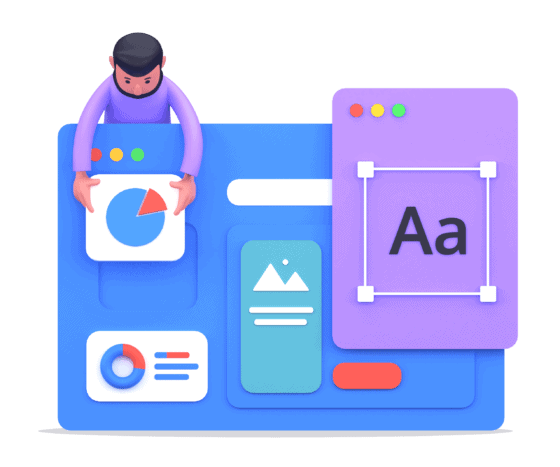
Additional Customer Engagement Strategies
It’s helpful to break down website goals into primary and secondary objectives to maintain clarity. Primary goals include essential actions like sales, leads, or newsletter sign-ups. Secondary goals may involve sharing social media, contact inquiries, or downloading content. This structure allows for a strategic approach to measuring success and tracking progress and gives website visitors options to get to know you better if they are not ready for a big purchase just yet.
Here are some additional engagement strategies you can consider.
Newsletters
By providing relevant, informative, and engaging content, newsletters can enhance the user experience and encourage interaction with your website.
It’s essential to have a clear purpose and goal for your newsletter, ensuring it consistently delivers value to subscribers. This can include:
- Updates on products.
- Newly listed services.
- Industry news.
- Providing educational content.
Consider personalising emails for different audience segments to ensure the right message is delivered to the right audience for a bigger impact.
Interactive Features
Implementing interactive elements in your website allows visitors to participate in the content. They are more likely to spend time and grow familiar with your brand.
Interactive features include quizzes, polls, live chats and even interactive videos.
Make sure features align with your website goals and connect with user interests. Analytics will help you monitor what’s well received and what’s not so you know what to repeat and drop.
Tailoring User Journeys
Creating tailored user journeys involves understanding your potential customers’ unique preferences, behaviours, and needs, enabling you to present the most relevant content and offerings on your site at each stage of their journey.
Basically, you are predicting their path and putting in steps at each point of your website to make that goal easy to obtain.
Consider segmenting your audience based on demographics, interests, and behaviours to tailor user journeys effectively. You can then customise the website experience for each segment by featuring the most relevant content, products, or services. Regularly review and modify these user journeys based on collected data and user feedback, ensuring your website evolves alongside user needs and expectations.

Goals for E-commerce Websites
A well-designed e-commerce site should have a clear layout, intuitive navigation and enticing product imagery.
Some design aspects that can impact e-commerce success include:
- Responsive web design to ensure a seamless experience across various devices.
- Clear calls-to-action directing users to important steps, such as adding products to the shopping cart or checking out.
- Easy-to-use search features and product filters to help users find desired products quickly.
- Secure and trusted payment gateways to reassure customers during the checkout process.
E-commerce Conversion Goals
Achieving conversion goals is crucial for the success of any e-commerce business. Conversion goals typically encompass a range of specific actions users take, such as purchasing, signing up for newsletters, or creating an account. E-commerce businesses can improve sales and overall performance by focusing on these goals.
Key e-commerce conversion goals to consider include:
- Increasing site traffic: More traffic to the website increases the likelihood of potential sales.
- Reducing bounce rates: Ensuring that users stay engaged on the website and browse through products can help increase the chances of making a sale.
- Improving conversion rates: Optimising website design and user experience can increase conversion rates and increase sales.
- Growing email subscribers: An engaged subscriber base can drive repeat purchases and help build customer loyalty.
- Decreasing cart abandonment rates: Streamlining the checkout process, offering multiple payment options, and addressing user concerns can reduce the chances of customers abandoning their shopping carts before purchasing.
By prioritising these conversion goals, e-commerce businesses can refine their website design and strategies to maximise sales and revenue.
How Many Goals Should A Website Have? – Final Thoughts
When crafting effective website goals, it is crucial to remember that quality outweighs quantity. A website does not need countless goals to achieve success. Instead, it is better to focus on a handful of well-defined, SMARTER goals specific to your business and audience, especially around the cornerstones of website success: sales traffic, content and user experience.
Tailoring goals to a website’s overall purpose and the actions desired from visitors is fundamental. These goals should align tightly with the business’s objectives, ensuring a consistent vision for driving traffic and fostering user engagement.
Additionally, reviewing and updating website goals is vital to ensure continued relevance frequently. Regular evaluation and tracking mechanisms will help determine how well your initial goals are doing and any adjustments you need to make to stay current with the business landscape or audience.
By focusing on a few well-defined and relevant objectives, businesses can help craft a winning website that delivers value and drives the desired outcomes.
To fine-tune your website goals and create a website to achieve them, contact the team at Chillybin today.
Before you go…
If you’re wondering how much it costs to design a website and how much ongoing website maintenance costs, we’ve got you covered! Check out the articles below.



Frequently Asked Questions
Our expertise
Website Design
We mix creativity with UX thinking to design interfaces that feel seamless. Always responsive, always built around outcomes — leads, engagement, conversion.


